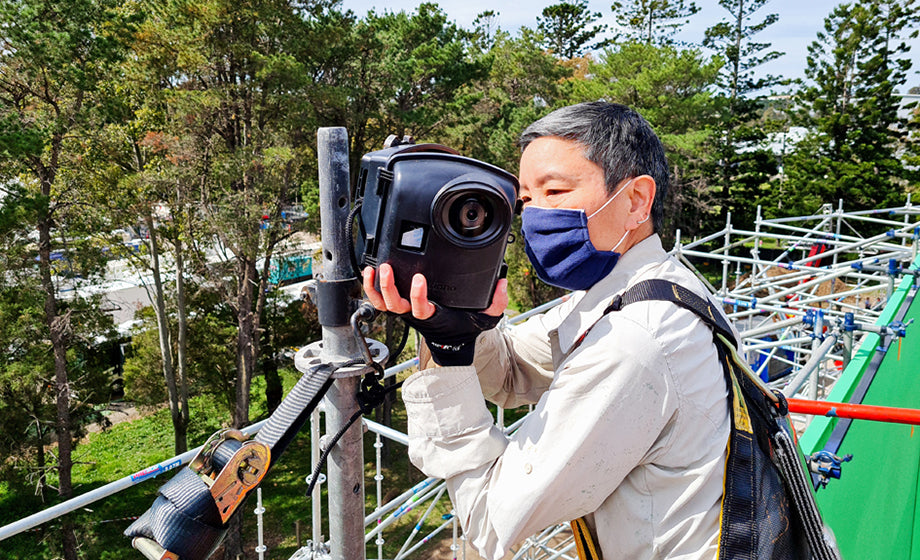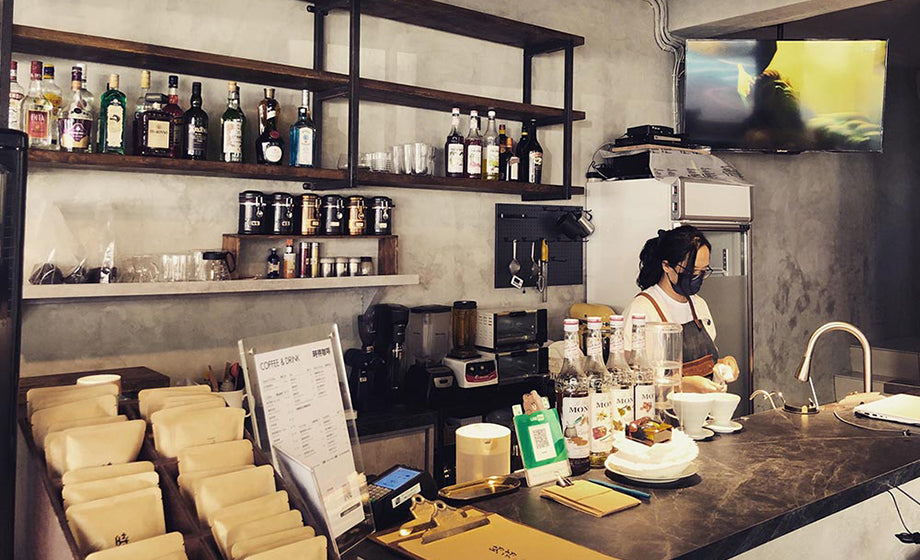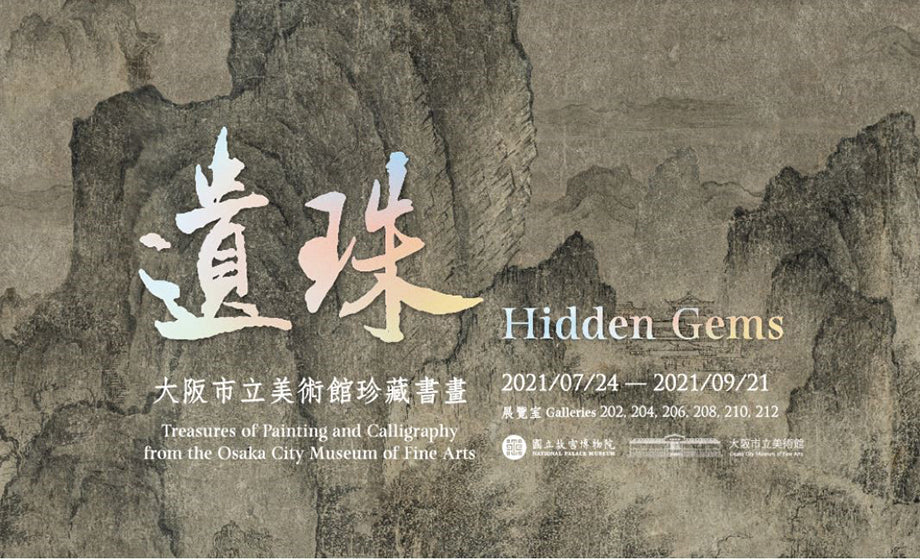A well designed film captivates and builds a world that no one questions. Jacinta Leong is an Art Director based in Australia that has been working in the film industry for over 25 years. Her impressive resume includes many Hollywood films such as The Matrix, Star Wars - Attack of the Clones and Revenge of the Sith, X-Men Origins: Wolverine, and most recently Marvel’s Shang-Chi and the Legend of the Ten Rings. As the Art Director for Shang-Chi, Jacinta oversaw the creation of set designs that balanced traditional Chinese architecture and design with fantastical elements from the Marvel Universe.
For the past few years Jacinta has been using Brinno Time Lapse cameras to document the construction of her film sets. Some of her past time lapses include the sets for San Andreas, Pirates of the Caribbean, Pacific Rim: Uprising, and Alien: Covenant. Naturally, she set up her Brinno cameras to capture all the behind-the-scenes magic that went into bringing Shang-Chi’s story to life.
We got the chance to talk with Jacinta a bit about her work on Shang-Chi and hear some of her tips for other Art Directors and Production Designers who might want to use time lapse to capture the construction of their set designs.
Where did Shang-Chi’s design team draw inspiration from?
The Production Designer of a film is responsible for the entire look of the film. Our Production Designer Sue Chan instructed Concept Illustrators to create images of the sets, to convey her ideas of the setting, atmosphere and action. From there, we take further inspiration and research from books, magazines, the internet (with caution), and organizations. Getting out and about is one of the best opportunities of observation. Sue visited temples in the USA, and I visited temples and Chinese Gardens in Australia.
What is your favorite design detail from your Shang-Chi sets?
I certainly appreciated the Chinese influence on the architecture, interior design, graphics, paintwork and props. The family home I grew up in had quite a few pieces of furniture from China. Working on "Shang-Chi" made what was already rather familiar even more immersive.
Wenwu's Compound and Ta Lo Village were researched heavily for their proportions and detail. Even in fantasy films, I believe thorough research into reality is the base of making a scene and movie believable. [The designs] also had to accommodate crew, camera and lighting.
What types of tools go into creating your time lapses? Do you have any must have accessories?You'll see I still use the TLC200 Pro (BCC200), but I absolutely love the latest model - the Brinno TLC2020. The Menu is so much navigatable, and the convenience is in the updated features such as Schedule (per day), Intervals, LED screen - it's like a dream. The removable zoom lenses are also great, and I have the ATH2000 16-battery housing for outdoor long-term capturing. I [also] have the Brinno Clamp Plus and the pocket-sized Takeaway T1 Clamp.
I [use] a handy tool box from the auto shop, and it has a clear lid showing through to 16 removable compartments. It contains cable ties, magnets, cord tethers, wedges, torch, pocket knife, lens cleaners, screwdriver, gaffer tape, sharpie, silica gel sachets, batteries, SD and micro-SD cards. Clever work colleagues also made brackets and mounts for the cameras; it's so wonderful - they love seeing the videos too, so have been generous in their inventions.

I found magnets in Bunnings, and adapted them to suit the cameras; when I showed my workmate Martin Crowther, he further designed it to a new level of excellence. My workmates Carlo Capolupo and Dillon MacEwan in the Steel Department made a boom-gate type stand to raise a 6-meter high pole, as well as a bracket to hold the ATH2000 housing. My wife Jeni also bought a lightweight telescopic flag pole, and I cable-tie this to benches in the workshop. These accessories make the shots achievable. I'm very lucky to be surrounded by clever people!

Do you have any tips for setting up the cameras?
My first tip for setting up the camera is - Safety First. It sounds basic, but - yes, it's the first thing. Check your surroundings and make sure the camera is not in anyone's way; I ask the construction manager, foreman and riggers if the camera can be close to the set or on a lighting truss. From there, manage card space, battery, and monitor what you're capturing. If you have a chance to pre-light and run the camera the day or moments beforehand, do, because you can check lighting and intervals.
Most of all - have fun with it!

Who is your favorite Marvel hero and why?
I don't have a favorite - why stop at one? :D
I like Iron Man and Captain America because of their backstories and personalities. I particularly like the design of Captain America's shield and helmet. And of course, Shang-Chi is the recent addition to the leaderboard. Working on the film was a very enjoyable experience. At the core of that story was a focus on family. How wonderful that so much heart and soul could be put into the movie; there is something for everyone in it. It's streaming now!
Over the past 10 years Jacinta has grown her expertise in using time lapse to capture the construction of film sets while also growing her collection of Brinno cameras. As she puts it, “one Brinno is never enough”!
Discover Jacinta’s favorite time lapse camera the TLC2020 and see the durable BCC2000 construction bundle for outdoor filming.
Read our past interviews with Jacinta Leong.



